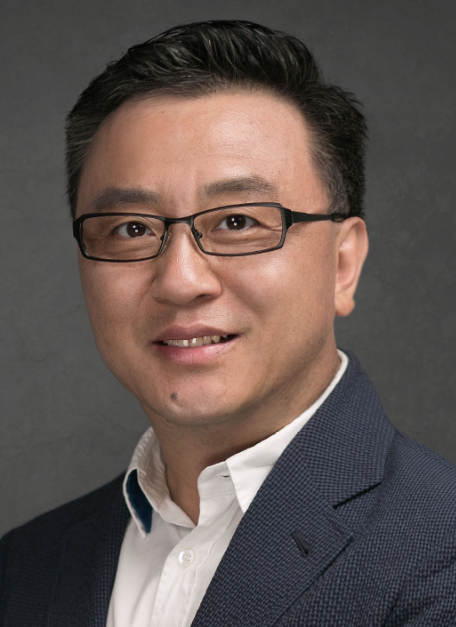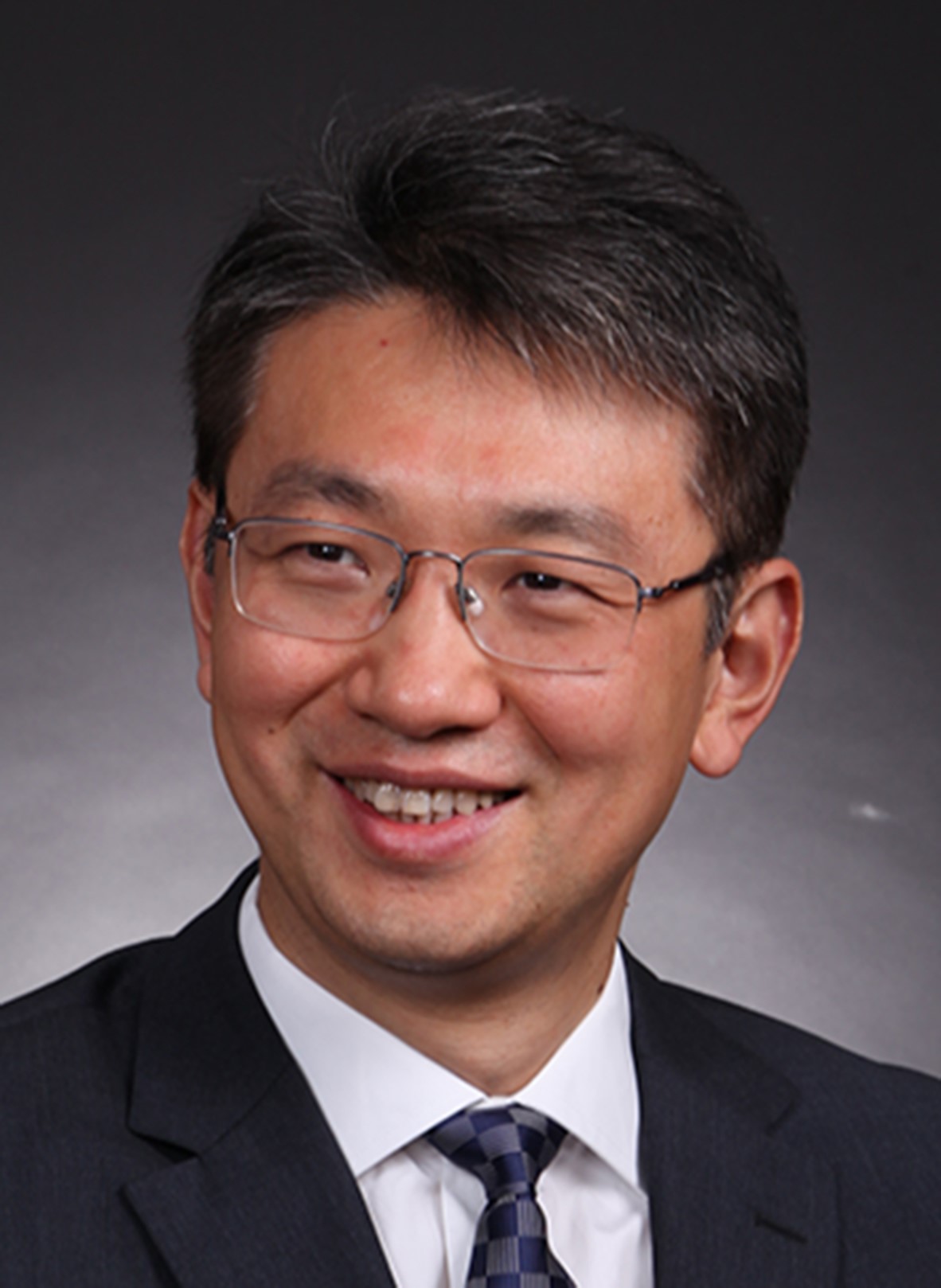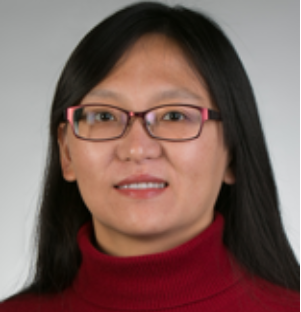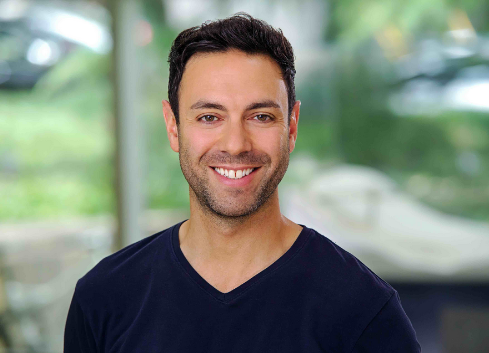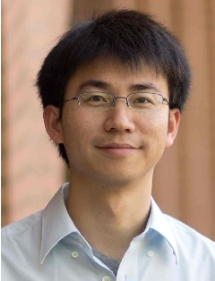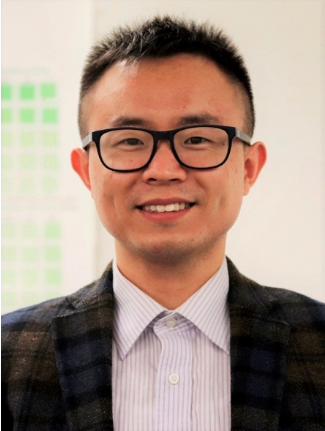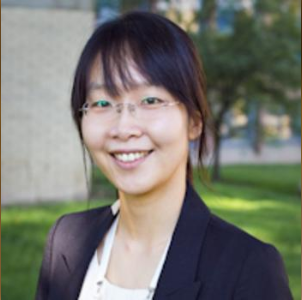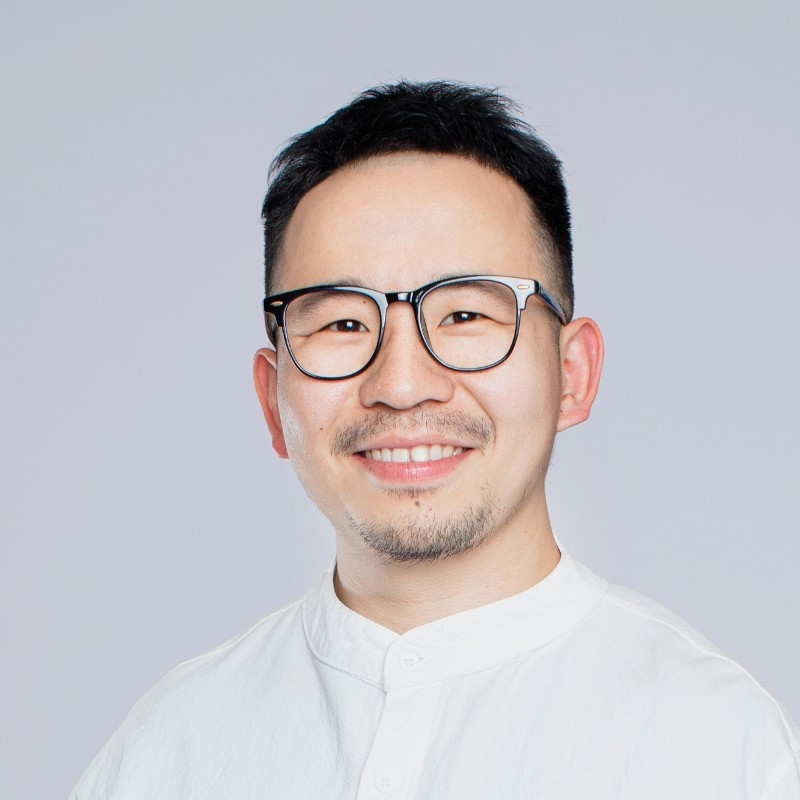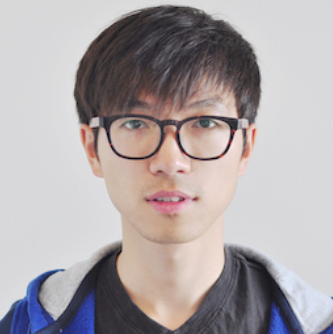
- Professor
- Stanford University
- Title: Joint Learning for 3D Perception and Action
- Abstract: Many challenges remain in applying machine learning to domains where obtaining massive annotated data is difficult. We discuss approaches that aim to reduce supervision load for learning algorithms in the visual and geometric domains by leveraging correlations among data as well as among learning tasks -- what we call joint learning. The basic notion is that inference problems do not occur in isolation but rather in a "social context" that can be exploited to provide self-supervision by enforcing consistency, thus improving performance and increasing sample efficiency. An example is voting mechanisms where multiple "experts" must collaborate on predicting a particular outcome, such as an object detection. This is especially challenging across different modalities, such as when mixing point clouds with image data, or geometry with language data. Another example is the use of cross-task consistency constraints, as in the case of inferring depth and normals from an image, which are obviously correlated. The talk will present a number of examples of joint learning and of methods that facilitate information aggregation, including the above as well as 3D object pose estimation and spatio-temporal data consolidation.
- Bio: Professor Guibas heads the Geometric Computation group in the Computer Science Department of Stanford University. He is acting director of the Artificial Intelligence Laboratory and member of the Computer Graphics Laboratory, the Institute for Computational and Mathematical Engineering (iCME) and the Bio-X program. His research centers on algorithms for sensing, modeling, reasoning, rendering, and acting on the physical world. Professor Guibas' interests span computational geometry, geometric modeling, computer graphics, computer vision, sensor networks, robotics, and discrete algorithms --- all areas in which he has published and lectured extensively. Leonidas Guibas obtained his Ph.D. from Stanford in 1976, under the supervision of Donald Knuth. His main subsequent employers were Xerox PARC, MIT, and DEC/SRC. He has been at Stanford since 1984 as Professor of Computer Science. Professor Guibas has graduated 41 Ph.D. students and has supervised 29 postdoctoral fellows, many of whom are well-known in computational geometry, in computer graphics, in computer vision, in theoretical computer science, and in ad hoc and sensor networks. At Stanford he has developed new courses in algorithms and data structures, geometric modeling, geometric algorithms, computational biology, and sensor networks. Professor Guibas is a member of the US National Academy of Engineering and the American Academy of Arts and Sciences, an ACM Fellow, an IEEE Fellow and winner of the ACM Allen Newell award, the ICCV Helmholtz prize, and a DoD Vennevar Bush Faculty Fellowship.
- Personal Page
